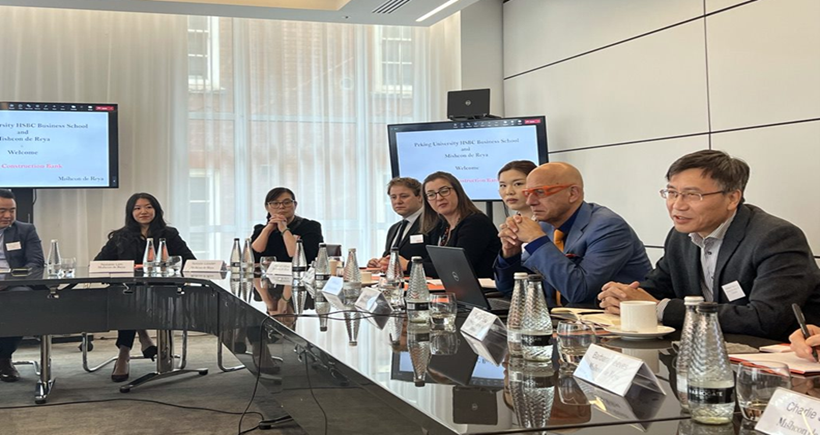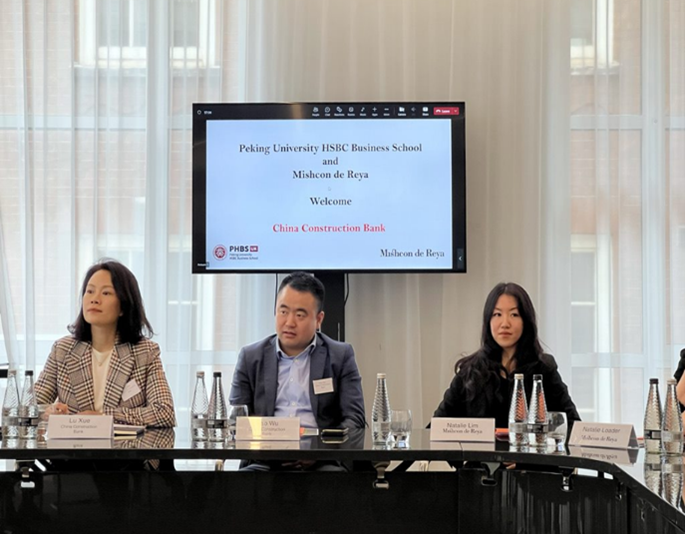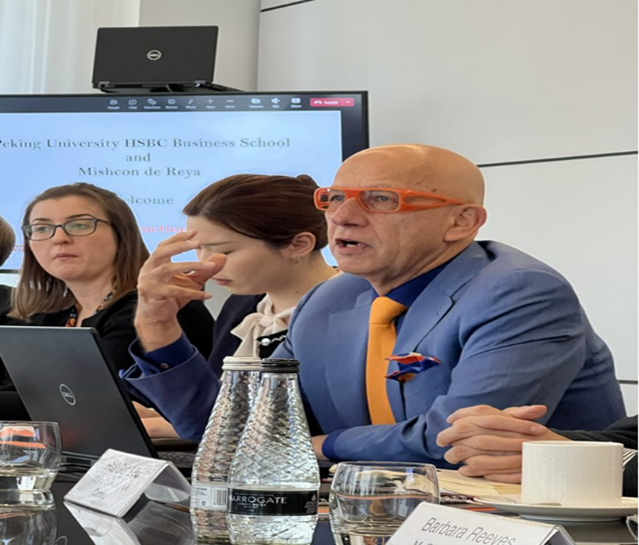Cultures are dynamic and varied; they have openly visible aspects and many hidden elements. However, visible cultural features like practices, language, traditions make up just a small fraction of tangible cultural differences. In the same vein, cultural problems cannot be resolved at the surface, tangible level. Focusing on the visible features of culture alone will not prevent misunderstandings and conflict. The hidden, less obvious elements of culture – values, assumptions and beliefs – create the most difficulty when we interact with others. Values are the central feature of a culture and they are typically invisible and employed subconsciously. As a result, they are often overlooked. So how do we navigate this invisible and subconscious minefield? At CCB, PHBS-UK and Mishcon de Reya LLP, we believe that that the first step is through dialogue and communication.
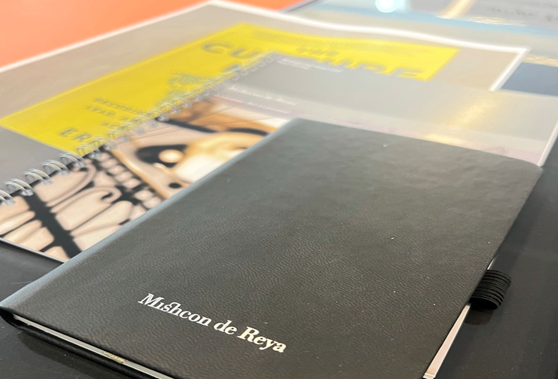
In a highly globalised world and as part of our continued efforts to improve intercultural communication in a multicultural workplace and businesses. Peking University HSBC Business School UK Campus (PHBS-UK) organized a two-day roundtable study and discussion on intercultural communication in joint with China Construction Bank (CCB) Academy London at Oxford Campus for the bankers. To continue this roundtable discussion, the senior lawyers of Mishcon de Reya LLP and senior CCB bankers are invited to meet on exchanging their views on intercultural comparison and challenging in business at Mishcon de Reya LLP who hosted the discussion on Friday, 30 September 2022.
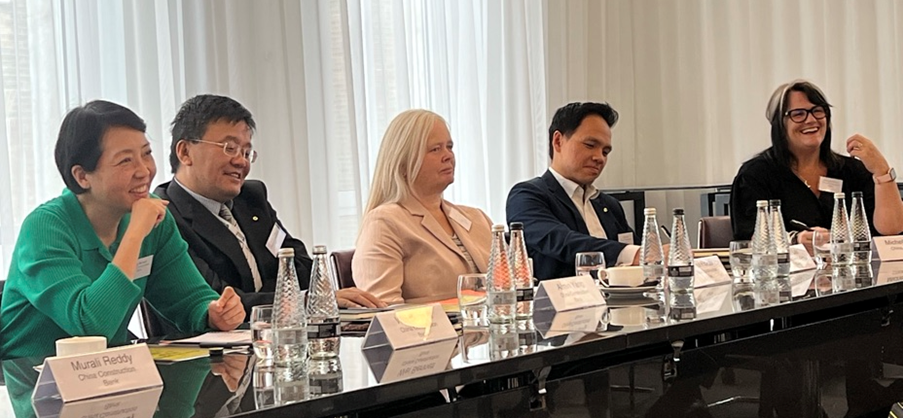
The roundtable discussion between bankers and lawyers was indeed fruitful for the wealth of personal insights provided by the participants were nothing short of impressive as many of them have decades of experience working in a multicultural environment, in a multitude of countries spanning all continents across the globe. It was such a learning experience to listen to the different problems and discuss the various ways of dealing with businesses, clients, and colleagues from a cornucopia of cultures.
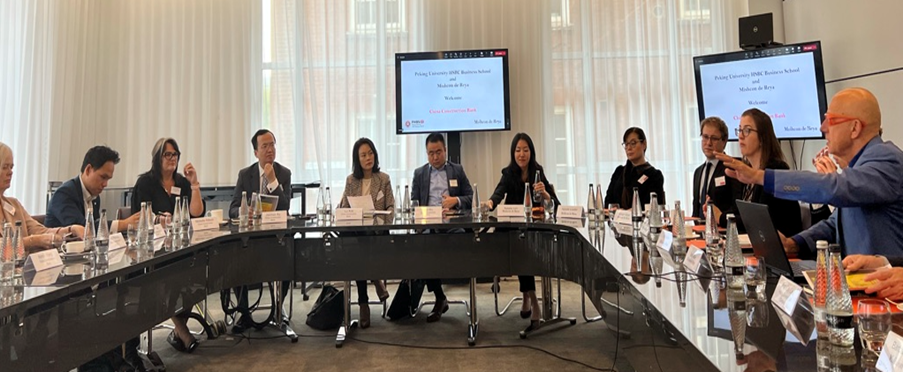
There was so much to learn from their individual experiences and the different techniques to cope with intercultural conflicts and misunderstandings that we barely scratched the surface in our one-hour discussion. The senior management teams from all sides appreciated the chance to discuss openly about cultural issues that another discussion was tabled for the future. True to form, open communication is the key to understanding cultural differences and resolving conflict arising from cultural misunderstandings.



